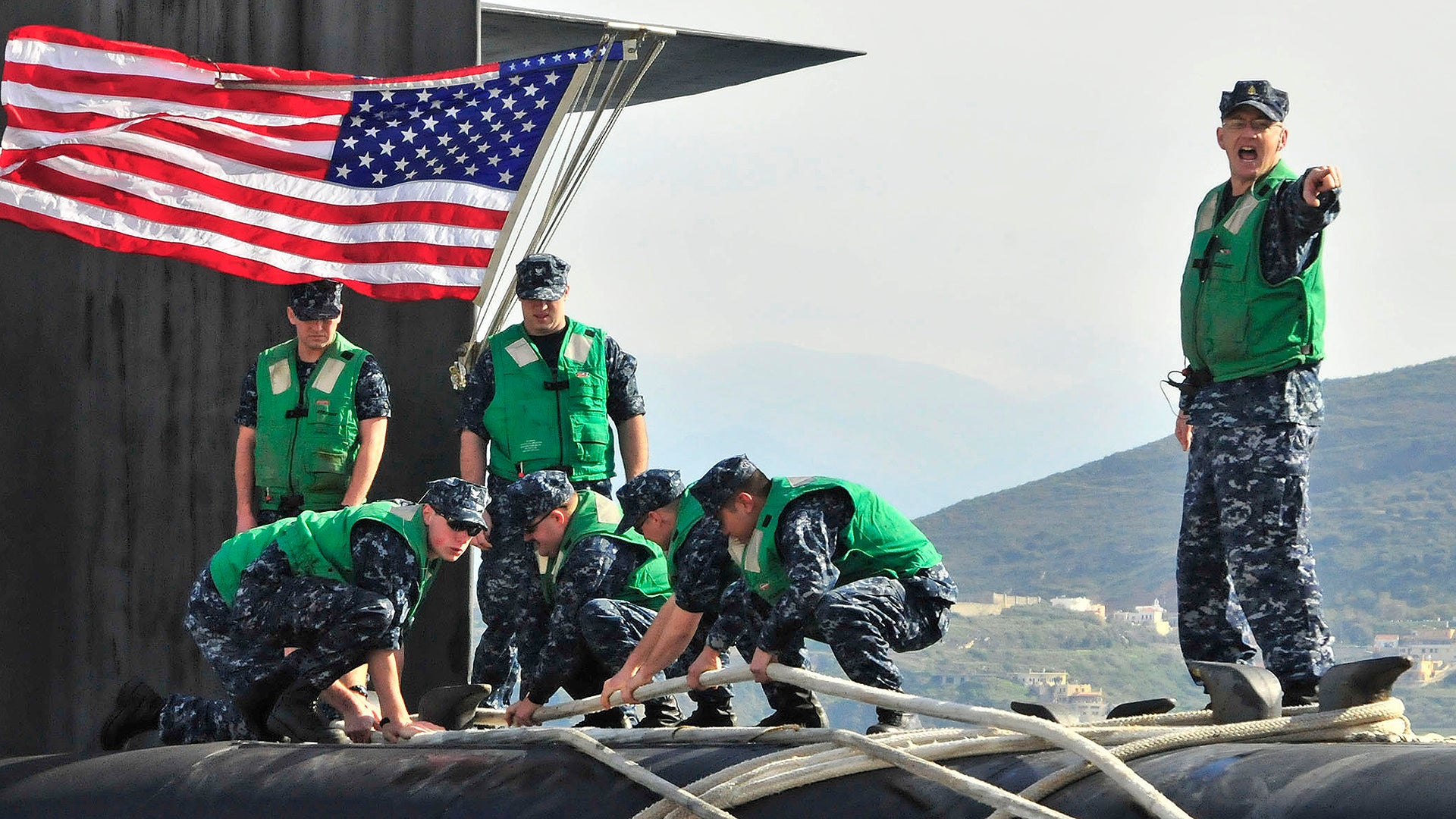When most people think of America’s nuclear submarine fleet, they imagine something of a monolithic force, but that’s not the case. Three general mission sets define the fleet and the experience of the crews that man it. As such, the experience of serving on a boat that services one mission set can vary drastically from doing so on one that services another. There is a unique culture, esprit de corps, and tempo to each that isn’t often referenced or explained, but it is visceral to anyone who has been part of America’s modern ‘silent service.’
In a follow-up to our recent look into the eccentric characters you will find aboard a U.S. Navy nuclear submarine and the culture that permeates such a unique profession, here are the cultural differences between serving aboard SSNs, SSBNs, and the rare and elite SSGN.
The Nuclear Fast Attack Submarine (SSN): Chaotic Readiness
The fast-paced world of the nuclear attack submarine is the most rewarding for a sailor who wants to travel the world and likes a rush. If something needs to happen quietly, the U.S. Navy sends in the ‘attack’ nuclear submarine, the SSN, a force that is currently made up of Virginia, Seawolf, and Los Angeles class boats.

For instance, during the collapse of the Soviet Union, the White House needed real-time reports on the deployments of Russian ballistic missile submarines. It was too provocative to send a destroyer squadron into the Barents Sea or park a carrier group off the Kamchatka Peninsula. Beneath the waves, American nuclear submarines watched their adversary transit in and out of port, counting ship movements and reporting daily activity back to the Pentagon, who briefed the president every morning.
This kind of rapid response platform has a culture centered around readiness. The SSN is always on the firing line in port, at sea, and on the station. It can receive mission tasking at any time and it must respond. On the attack boats I was on, mission tasking kicked up the adrenaline level a little and an extra bit of excitement moved throughout the officers and enlisted crew when time-sensitive orders came.

The SSN schedule is dynamic. Long term milestones, such as drydock refit and nuclear refueling, are planned out years in advance and generally are not changed. Mid-term goals, like nuclear safety inspections and tactical readiness evaluations, are on an annual rotation, but they are a little flexible as to when they begin. Short term events, such as weapons loading and diesel maintenance, are crammed into availability slots during brief in-port periods.
As an example, in 1992, we had pulled into port on a Friday afternoon and had a Monday morning underway planned. The submarine’s diesel engine needed critical maintenance that required ripping it apart. A nuclear submarine cannot go to sea without a backup mode of power, the diesel engine. With the Captain’s blessing, the A-gangers began tearing down the Fairbanks-Morse diesel engine shortly after we secured the mooring lines.
They worked around the clock all weekend. By the time I returned with a fresh sea bag over my shoulder that Monday, from the parking lot I could see the thick white exhaust of a diesel engine running. That is the level of hard work and service I witnessed in the American fast attack submarine community. The crew sacrificed what little time they had in port to ensure we could go to sea if called upon to do so.
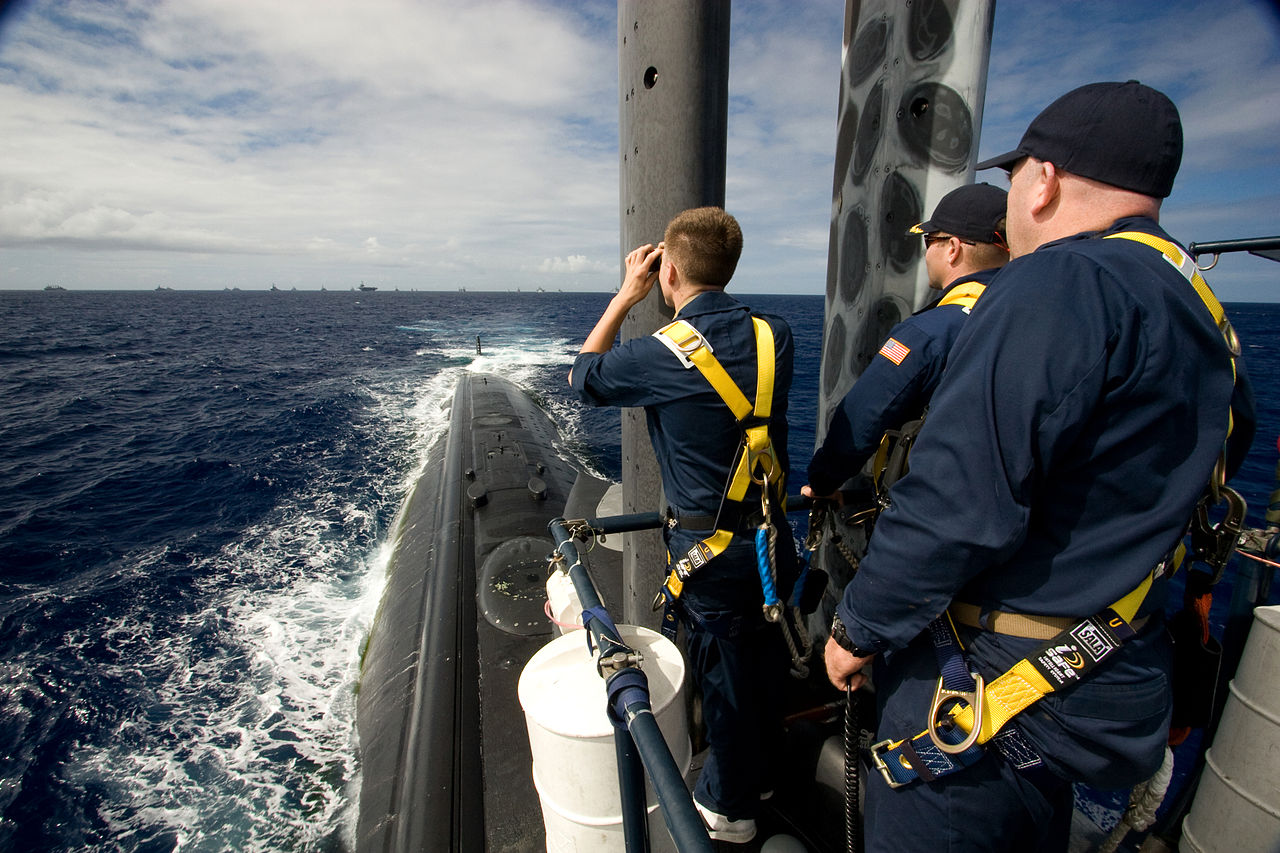
This forces division leaders to communicate both up and down the chain of command to ensure maintenance and evolutions don’t conflict. The young petty officer in sonar needs to test the sonar. The weapons officer needs torpedoes loaded. The engineering officer needs a pure water truck on the pier. The radio room needs a communication mast pulled and taken to the shop. Meanwhile, divers are working over the side. This is just another day in port for the SSN crew. Understanding what evolutions have priority and supporting the goal of getting the boat ready for sea as a crew instead of just as an individual who needs to complete his or her maintenance tasks adds to the comradery of the unit. When all the evolutions are complete and department heads can report to the Captain their sub is mission-ready, there is a great sense of pride and accomplishment because that doesn’t just happen on its own. The crew worked together to make it happen.
Within the SSN community, there are special operations boats. These commands are specially trained and outfitted with unique equipment to conduct high-risk missions. Their deployments are highly sensitive and important to America’s senior military leaders. Diplomatic and military actions are determined by the success of special operation submarine commands.
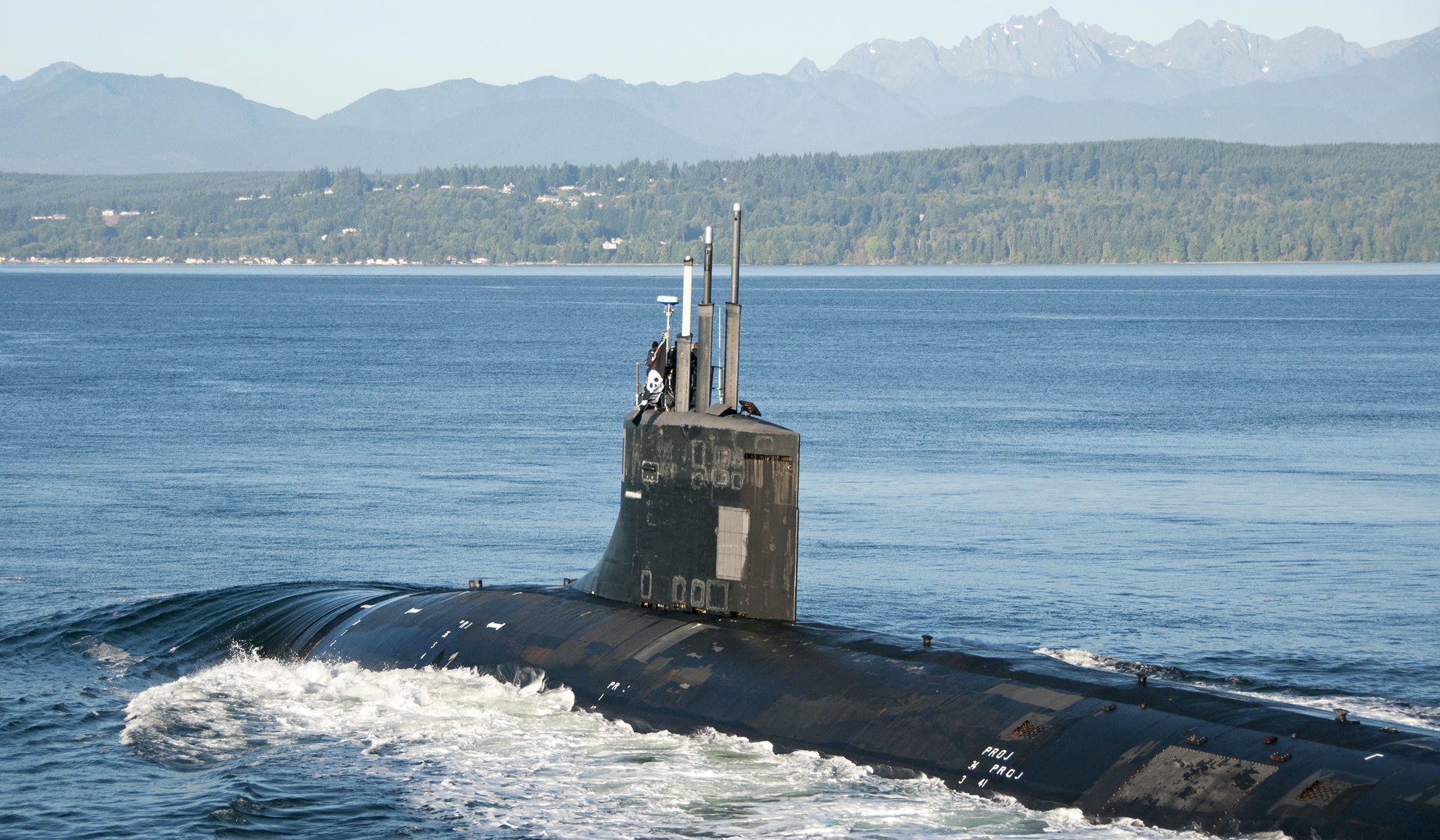
When the SSN sailor does get some time off, they tend to get a little wild in liberty ports. Most sailors will spend the day visiting whatever tourist trap and restaurant is near the pier. But after hours, it’s game on. Nightclub hopping and drinking with your watch section is common in a port where you don’t speak the language.
I have shared many an evening with the Fire Control Technician from my watch section. Underway, we were steely-eyed hunters of the deep. In port, we generously over tipped the dancing girls and drained pitchers of beer to German-techno music. Most important, we made sure we both made it back to the boat for underway the next morning.
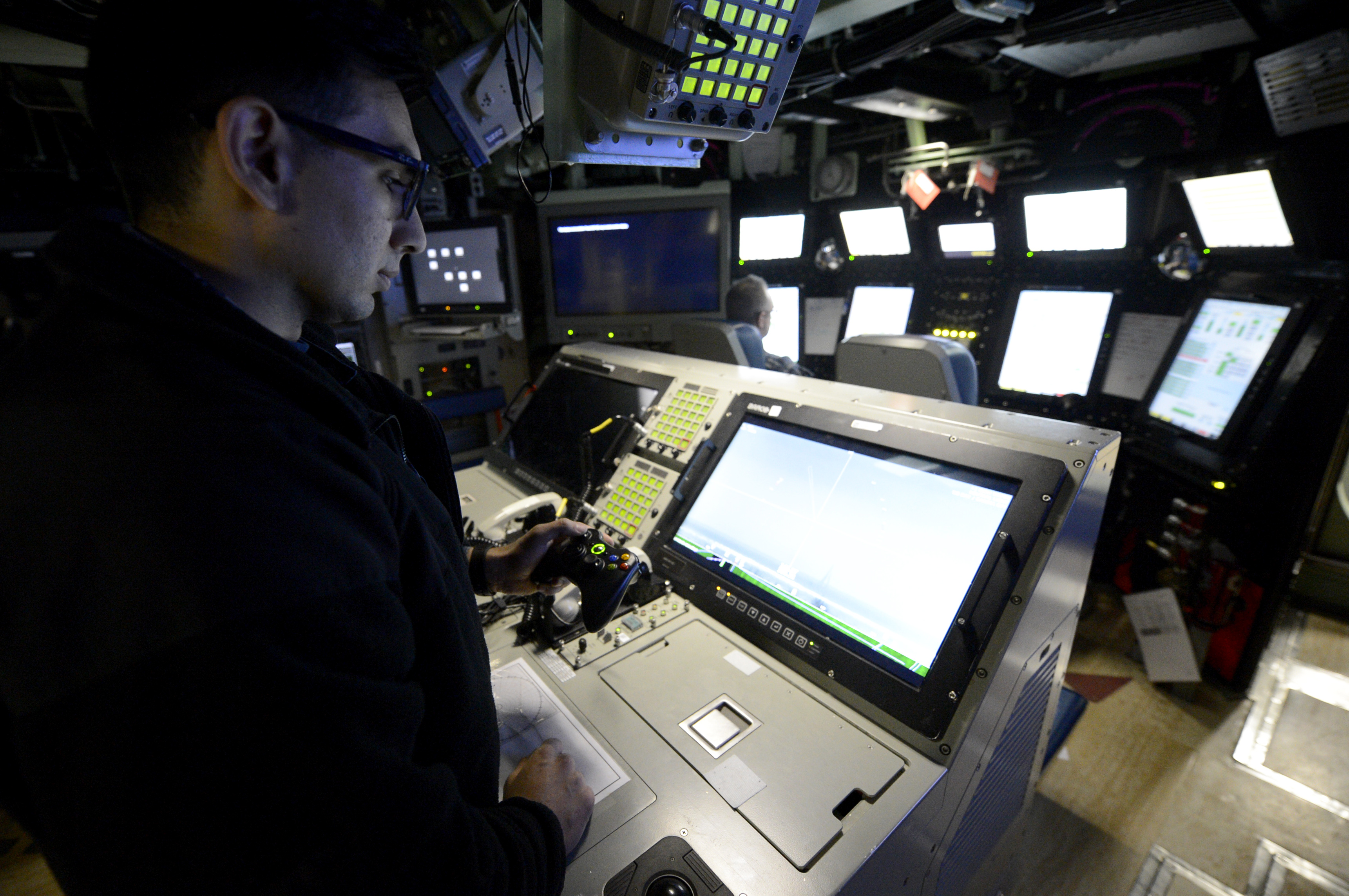
SSN sailors take great pride in what they do. They have a ‘work hard, play hard’ culture. With long times away from homeport and always being pushed to the front of the firing line, attack boat sailors have an elevated sense of self-worth. With mottos like, ”ain’t no slack in a fast attack” and “fast attack, don’t come back (to homeport),” and “ain’t no pride in a Trident (SSBN) ride,” the sense of being part of something elite is certainly there.
Nuclear Ballistic Missile Submarine (SSBN): A Routine Lifestyle
Schedule and routine are the order of the day in the nuclear ballistic missile submarine (SSBN) world. We don’t like surprises when dealing with nuclear weapons. This makes SSBN culture the polar opposite of SSN culture. It is very top-down coordinated from the squadron level.
When a sailor reports to their first SSBN command, they know every underway, refit, dry dock, nuclear, and tactical inspection scheduled for the next four years. Divisions can work much more autonomously in regards to routine maintenance because everyone knows the days and times when they can’t do something. So, it’s just a matter of filling in the blanks with evolutions you can do.

A typical SSN deployment will last six or seven months and visit a port every few weeks, but the underway time between port visits are usually longer on the SSBN, 70 to 80 days. However, the in-port time is much higher for SSN crews because you share the SSBN submarine with a second crew!
Each United States Navy SSBN has a Blue and a Gold crew. While one crew is underway for 70 or more days, the other crew is shore-based, training. This kind of rotation gives the sailor a more routine lifestyle that is better for a family than any other command in the U.S. Navy. An SSBN sailor has more opportunity to spend time with loved ones and attend college. In fact, many SSBN commands have extracurricular events only seen in commands ashore, like softball and bowling teams.
While the benefits are great, they come at a cost. An SSBN patrol is about three months of mundane routine and order. A typical day for a sailor on an SSBN is to wake up, shower, and eat whatever meal is served. They spend the next six hours standing their watch. For some, that is watching the missile tubes, checking temperatures, and pressures. For others, it’s making sure the reactor power is the same as it was the last watch because you’ve been going five knots to nowhere for weeks and you lost track of what month it is.
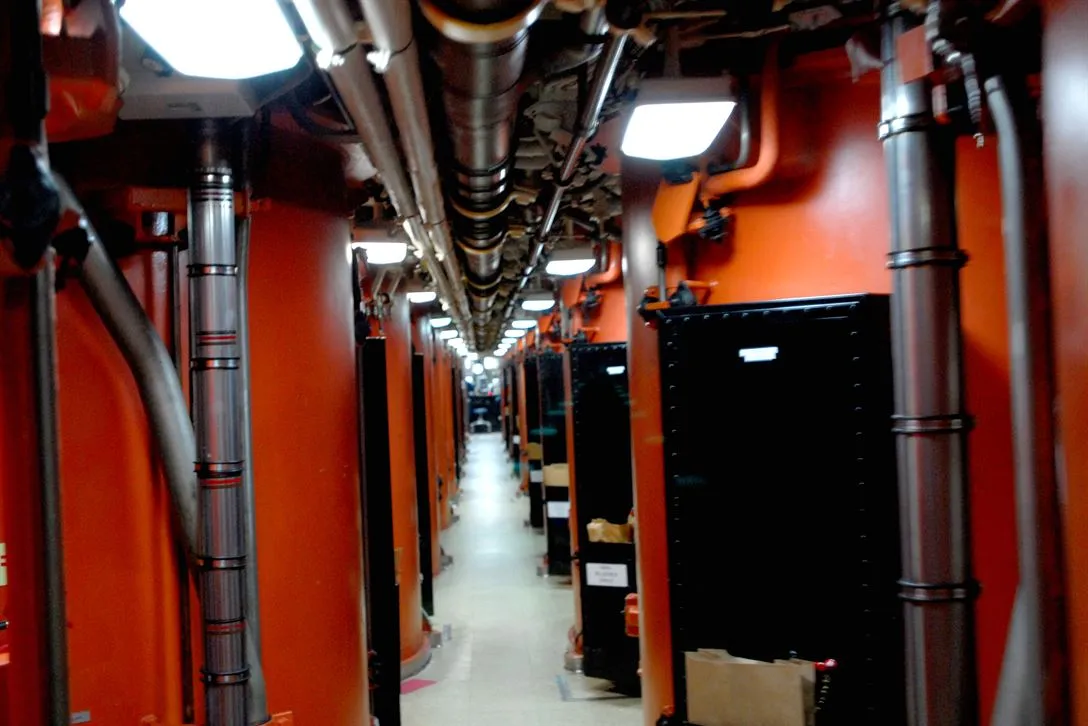
After your watch, you eat again. Then there is usually one hour of cleaning in the spaces that you are responsible for and general areas like passageways. Sometimes there is formal training, but there is always a qualification to work on and studying to do during this time. After the watch, cleaning, drills, a shower, and training, it is time for a workout, burn a flick (watch a movie), and sleep.
That routine is repeated every 18 hours for months on end. The SSBN is endlessly punching holes in the ocean day after day in some of the most remote places on earth, away from all prying eyes, satellites, shipping lanes, and most importantly, far from other submarines.
The SSBN crew is tactically passive by nature. They have an enormous responsibility in shepherding potentially hundreds of nuclear warheads away from detection while maintaining a high state of readiness. Their retaliatory nuclear strike mission is a mental burden.
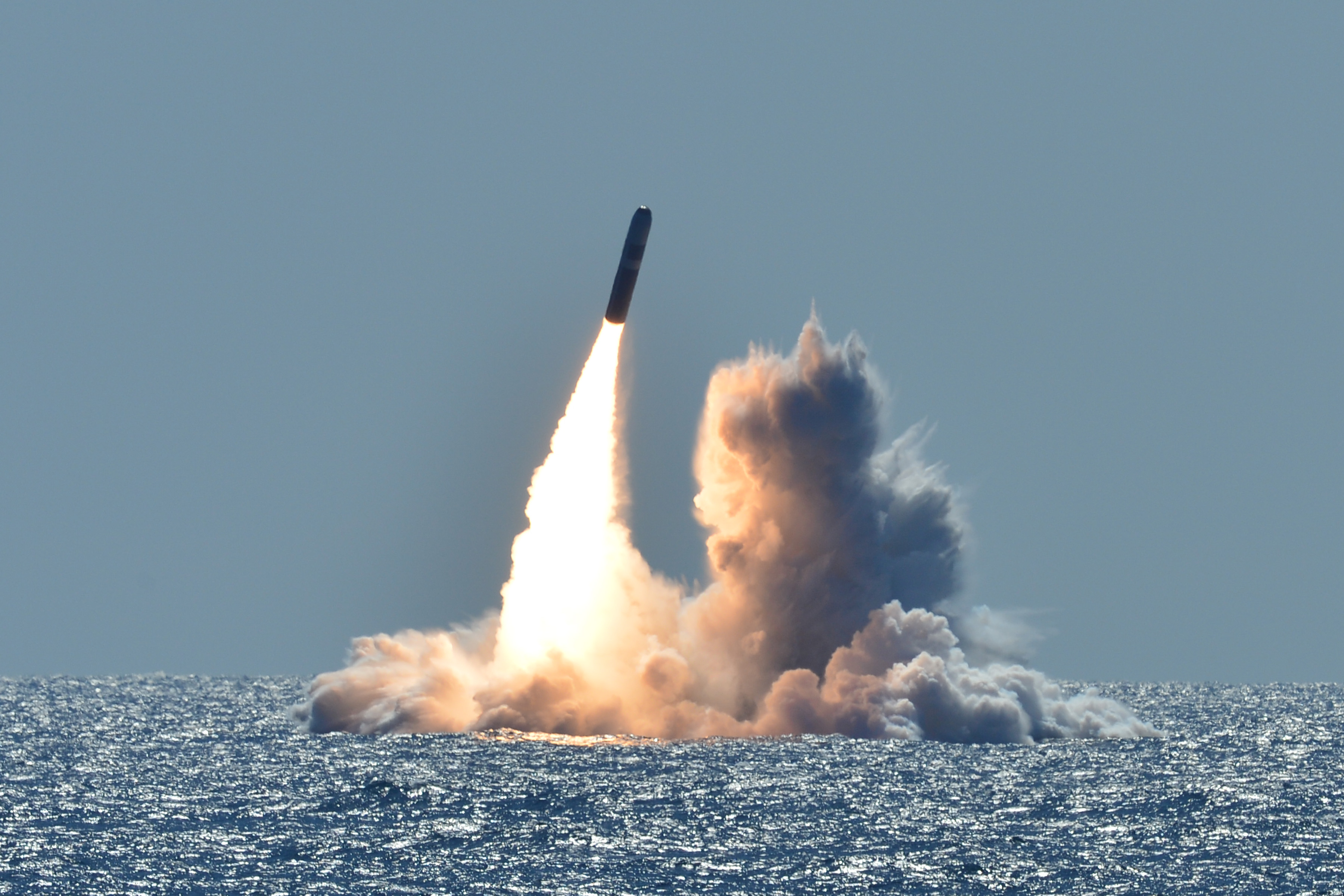
Every SSBN sailor is aware of the awesome responsibility they have but it is rarely discussed. Having the nation’s nuclear trigger within arm’s reach is a surreal experience and it will change your perspective on war forever. SSBN crews train very hard to do a mission they hope to never have to execute. They simply prowl the quiet corners of the ocean receiving continuous communications to be ready to launch.
Nuclear Guided Missile Submarine (SSGN): The Admiral’s New Toy
After 1994’s Nuclear Posture Review and the years of experimentation and testing that followed, four Ohio class nuclear ballistic missile submarines began conversion to nuclear guided-missile submarines (SSGNs). These multi-role boats could sling 154 tomahawk missiles, carry 66 SEAL team members, and have enough communications equipment for a command ship. They became the hottest boats to be on in the submarine service.
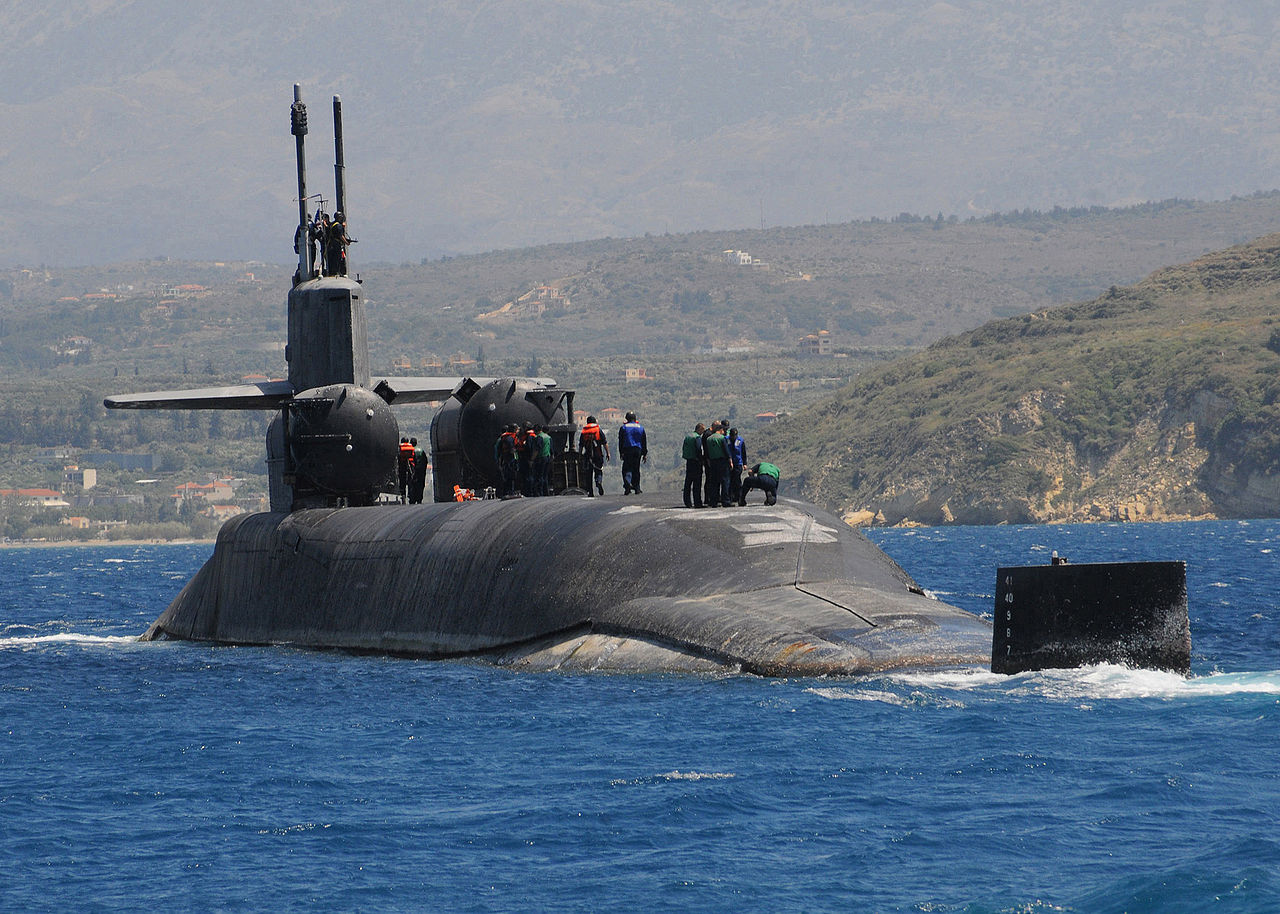
The American SSGN boats stay forward-deployed in Guam and Diego Garcia, but have as much underway time as the SSBNs. The SSGN combines the stealth capability of a ballistic missile submarine, because that is what they were originally, with the capacity for a massive tactical weapons strike, covert SEAL team insertion and extraction, and signals intelligence gathering. These versatile submarines receive a lot of attention from above the squadron level and their presence in a theatre impacts both diplomatic and military maneuvers. A single SSGN will typically have about half the tactical missile strike capability of the entire naval task force. She is like being the queen of the naval chessboard.
She is rare, precious, and powerful.
The SSGN’s top-down, action-oriented command style breeds a strong sense of self-worth in the crew. Her complement of sailors and officers have an immense amount of pride in the mission and the ability to complete the most challenging tasks that come out of the Pentagon. Because the staffing orders to an SSGN are in high demand, they are filled with some of the best graduates out of the naval academy, nuclear power school, and other enlisted training pipelines. Even the new junior sailors have already proven themselves to the best among their peers before stepping on board.
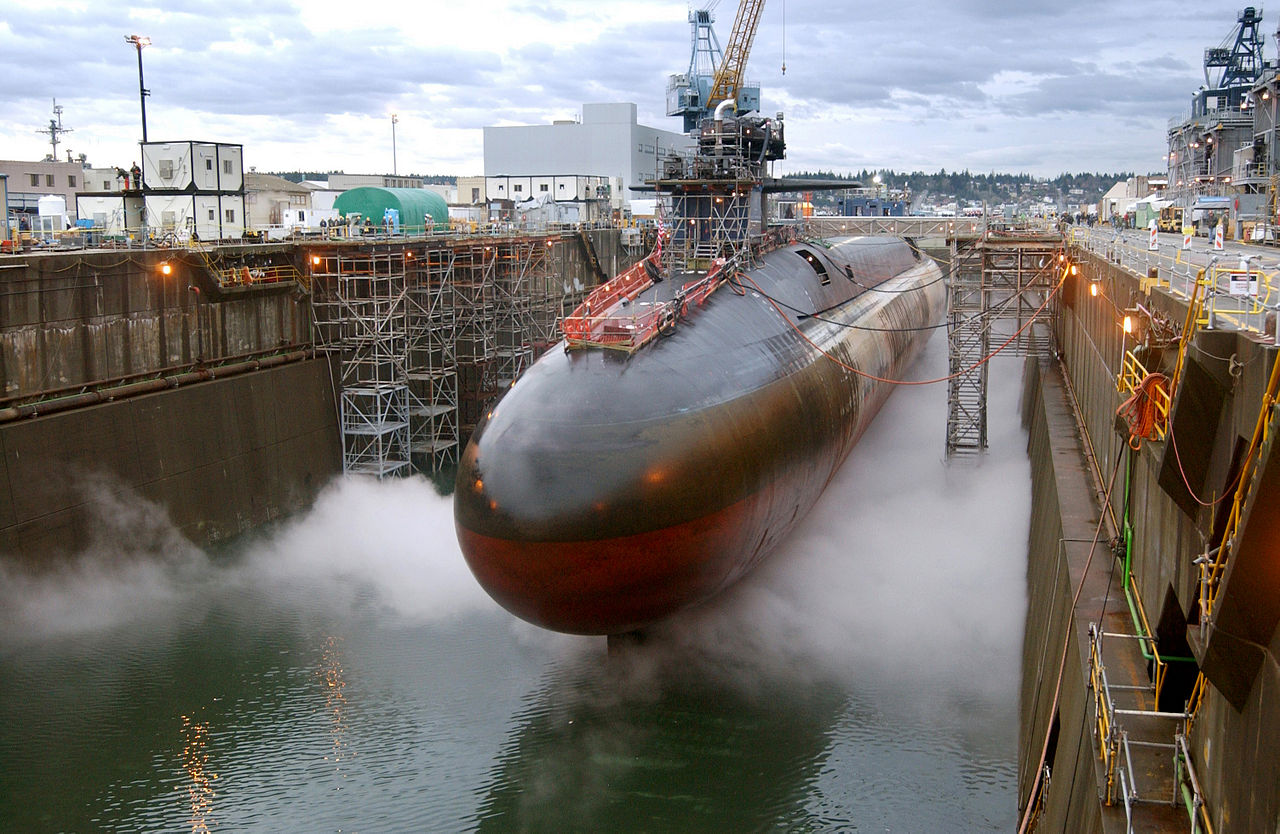
The rewards are two-fold: exciting tactical missions like launching 100 Tomahawk missiles into Libya in 2011 during Operation Odyssey Dawn, intelligence gathering near the coast of unsuspecting nations like an SSN, delivering and extracting special forces teams. They also have two crews, Blue and Gold, each with an off-crew training period like the SSBN.
The SSGN crew makes an attack boat sailor look humble. SSGNs have the spotlight on them all time from senior Navy staff because of their mission and capability. They are expected to perform and succeed in critical areas around the globe. This leads to aggressive confidence bordering on hubris, but that is exactly the mentality required to execute the mission.
All said, the SSGNs enjoy the best of all other submarine benefits in one command.

The United States submarine force has something for anyone wanting to serve. If you are looking to do some of the most exciting things you will ever do in your life, but never talk about, volunteer for SSGN or SSN duty. If you want to go to college for free and start a family, SSBN life is your ticket.
No matter what style of submarine service you prefer, being a submariner will be the most challenging and rewarding thing you will ever do.
Aaron Amick is a retired U.S. Navy submarine sonarman. He served in both Atlantic and Pacific Oceans on 688 Los Angles class fast attack and Ohio class ballistic missile submarines. He has published two audiobooks on Cold War-era submarines, Akula SSN Project 971 Sub Brief and USS Nautilus SSN-571 Sub Brief. Now, Aaron manages a small Patreon page and contributes to The War Zone.
Contact the editor: Tyler@thedrive.com
